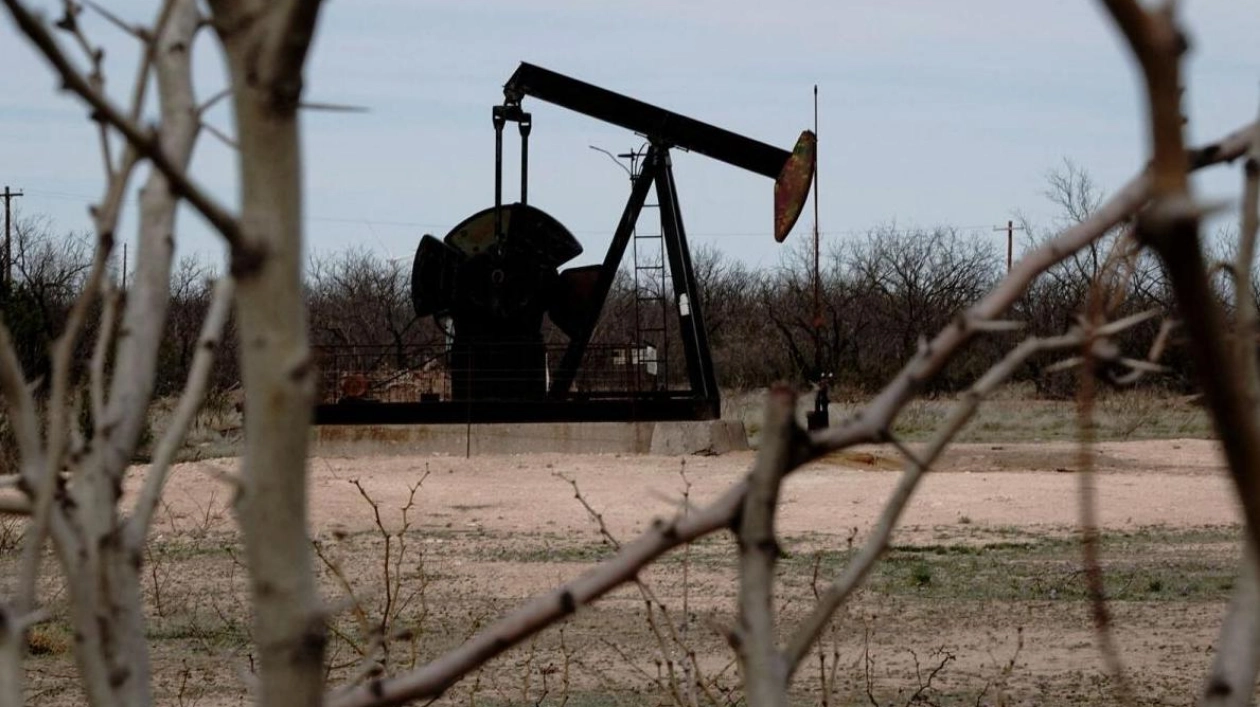Last week, portfolio investors offloaded unprecedented amounts of petroleum following an unexpected announcement by Opec⁺ to ramp up production from the fourth quarter of 2024. Over the week ending June 4, hedge funds and other financial managers divested the equivalent of 194 million barrels across the six key futures and options contracts. This rate of selling was the highest since at least 2013, as recorded by the US Commodity Futures Trading Commission and ICE Futures Europe. The sales were more than three standard deviations from the average weekly changes, reflecting the market's surprise at the production increase. Specifically, sales included Brent (-102 million barrels), Nymex and ICE WTI (-53 million), European gas oil (-17 million), US diesel (-15 million), and US gasoline (-6 million). The rapid sell-off in crude, especially Brent, suggested traders believe the market will remain oversupplied through the rest of the year and into 2025. However, the heavy selling of refined fuels also indicates concerns over weak consumption and growing inventories of gasoline and diesel. Overall petroleum positions were reduced to 208 million barrels, the lowest since December 2023 and January 2016, ranking in the 1st percentile since 2013. Brent positions were at their third-lowest level on record, dropping to 46 million barrels from 335 million just seven weeks prior. This intense selling pressure drove front-month Brent futures to their lowest in four months on June 4. Subsequently, Opec⁺ officials have emphasized that the production increase can be 'paused or reversed' depending on market conditions, which has slightly stabilized prices. Nonetheless, the recent Opec⁺ meeting will be remembered as a significant surprise, regardless of the intended outcome. In the US natural gas market, hedge funds became slightly more cautious as high inventories persisted, dampening recent bullish sentiment. Funds sold 90 billion cubic feet in the two major futures and options contracts linked to Henry Hub gas prices over the week ending June 4, marking the first net sale in five weeks. Despite this, the net long position remained at 791 billion cubic feet, well above the recent low in mid-February. Inventories were the second-highest on record for the period and significantly above the 10-year average, although the surplus has not increased since mid-March, providing some relief to bullish investors but also introducing caution.

Text: Lara Palmer
12.06.2024
Hedge Funds React to Unexpected Opec⁺ Move, Selling Crude and Refined Fuels Amid Market Surprises





